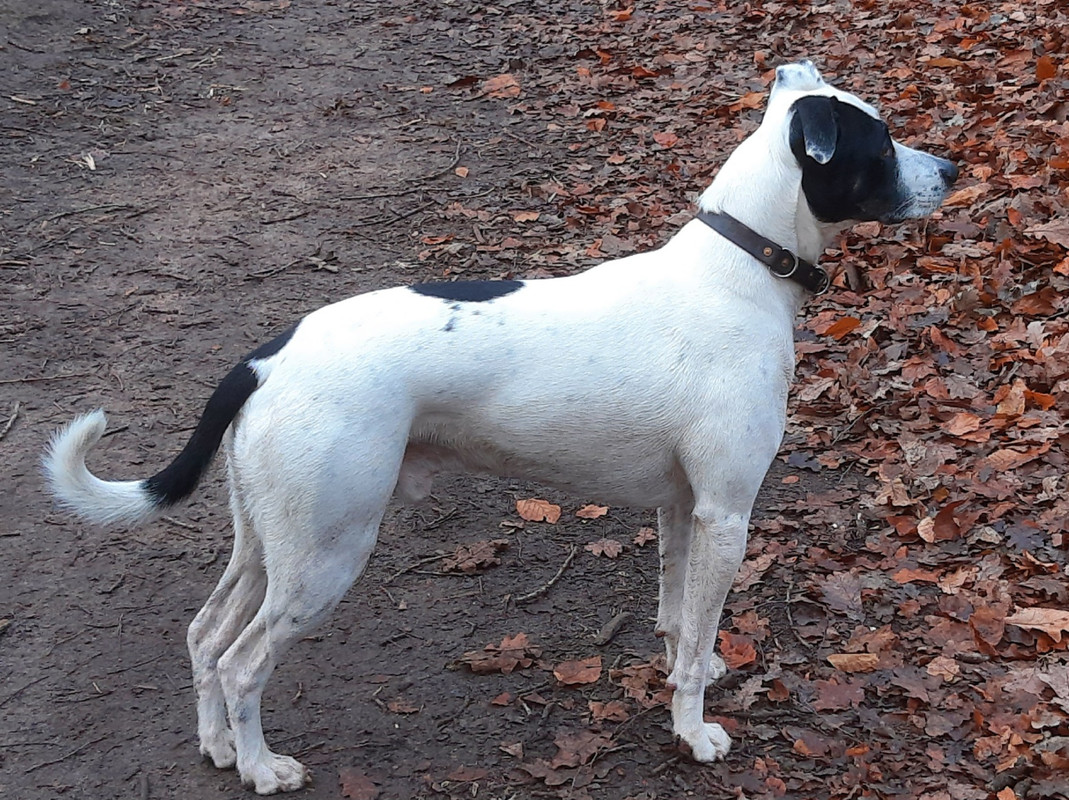Has anyone seen actively worked oak coppice? The youngish oak in my woodland keep getting hammered by grey squirrels and will never grow into decent mature oak trees. There's a couple of thousand trees and looking at them it is hard to find any that have escaped bark stripping. Rather than cutting them out and replacing I'm considering coppicing them but would like an idea of what the woodland would look like and what use the wood would be in the future. What sized poles would I get in 10 or 20 years time, how many per tree?
The trees are around 40 years old and sprout readily from their trunks when the top is killed off by the squirrels, so young enough to coppice. They will need protecting as the deer do like young oaks and I will be somewhat limited to the number I can coppice each winter.
The trees are around 40 years old and sprout readily from their trunks when the top is killed off by the squirrels, so young enough to coppice. They will need protecting as the deer do like young oaks and I will be somewhat limited to the number I can coppice each winter.



